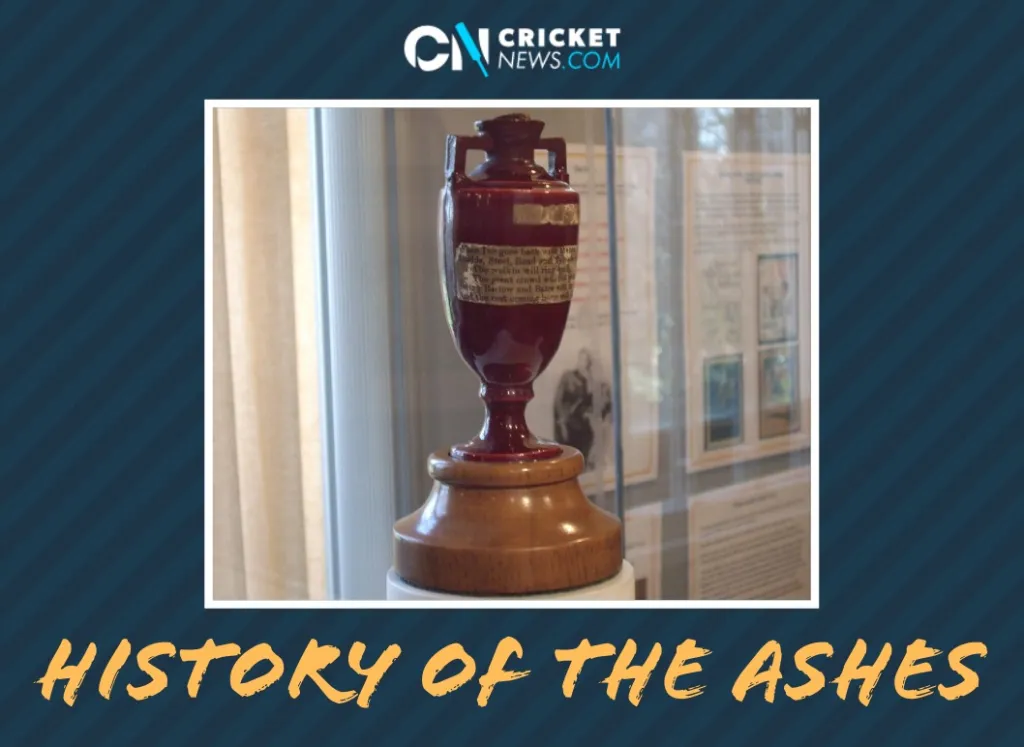The Second World War severely disrupted the Ashes series between England and Australia, and there was no action on the cricket field between 1938 and 1946.
It also had profound consequences for cricketers on both sides who had appeared in Ashes tests before the conflict broke out. Don Bradman enlisted, but was quickly discharged. His major contribution to the war effort was to sell bonds.
But others saw active service, and at least two England cricketers went to war and never came home.
One of them was legendary left-arm spinner Hedley Verity of Yorkshire, renowned as a master of his craft, and almost impossible to play against on a turning pitch. Bradman had more problems with Verity, for example, than any other bowler.
Verity made his test debut in 1931 against New Zealand, and toured Australia during the controversial Bodyline series.
By the time that war broke out In 1939, he had played in 40 Tests, and taken 144 wicket at an average of 24.37. His 10-10 are still the best bowling figures in the history of First-class cricket.
In 1940 Verity joined the Green Howards as a Second Lieutenant and was later promoted to Captain. He was transferred to Ranchi in India, but the climate severely affected his health. He was moved to Persia and then Syria.
Due to his age – he was 38 – and ill health, his commanding officers intended to move him from front-line fighting. But his unit was still involved with the Allied invasion of Sicily.
With his unit coming under heavy fire, Verity was hit in the chest by shrapnel, and was subsequently captured by the Germans. He later died of his injuries in an Italian field hospital.
Ken Farnes made his test debut for England in 1934, when he was called up for the first Test, at Trent Bridge. He played in the second Test at Lord’s as well, but injury ruled him out of the rest of the series.
Arguably his best performance for his country though came in the Australia tour of 1936/37. In the fifth Test, in Melbourne, he took 6-96, although England lost the match in the end.
Farnes had played 15 tests for England and taken 60 wickets in all at an average of 28.64 when war broke out. He volunteered for the RAF and was trained in Canada, before returning to England as Sergeant. He was killed shortly afterwards, when the Wellington bomber he was flying on a night-time exercise crashed shortly after take-off.

